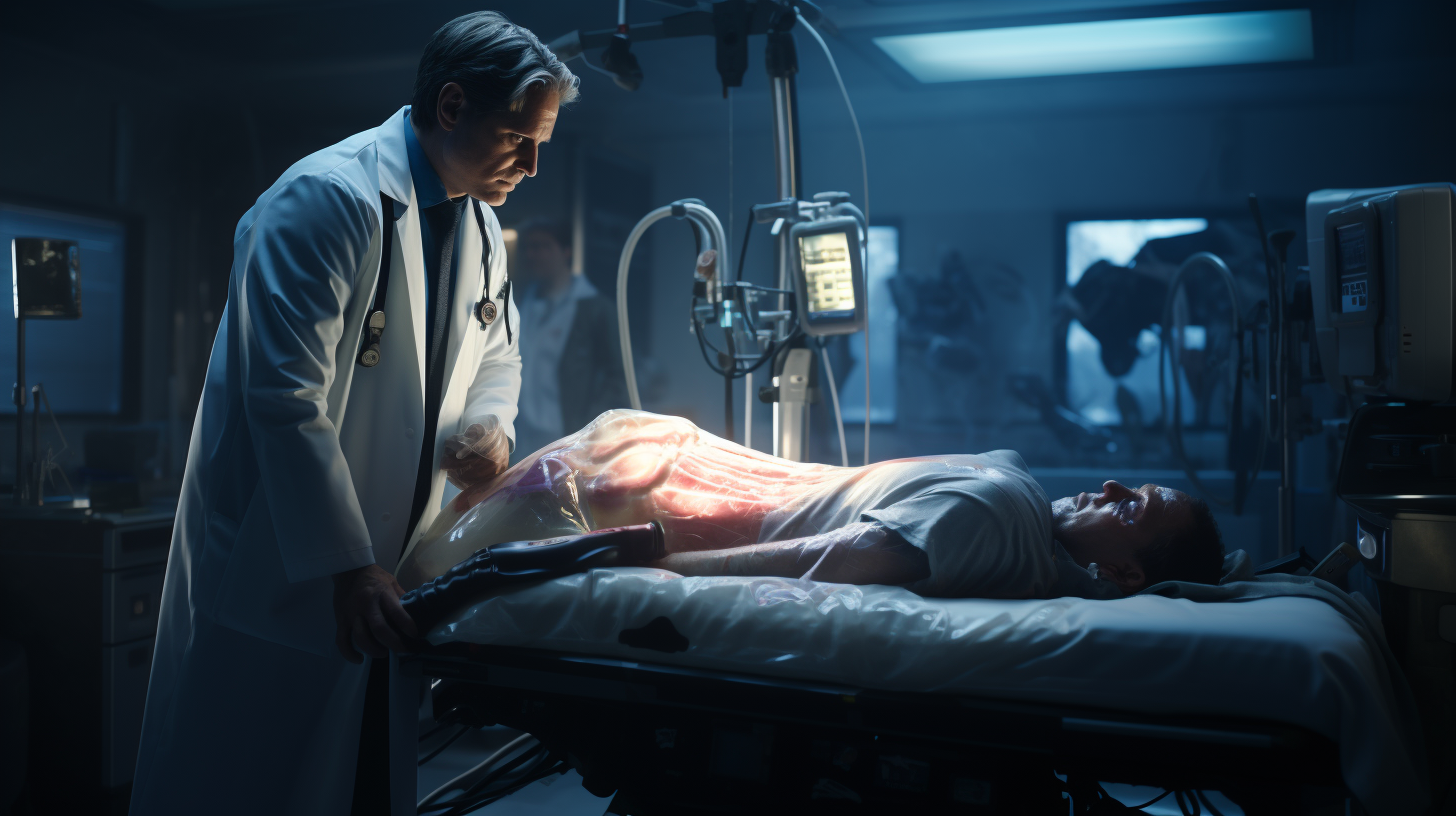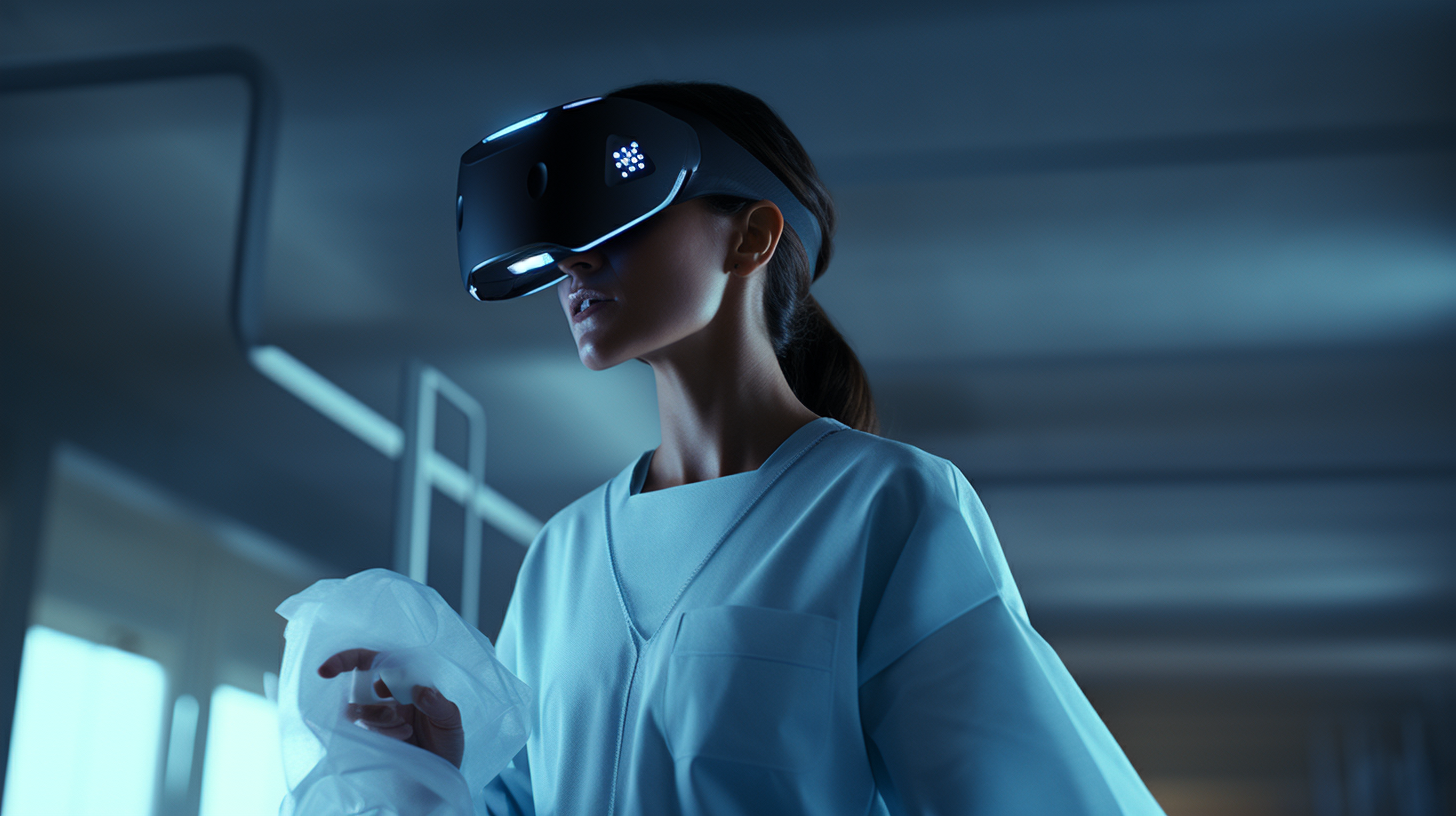More than Just Games: Virtual Reality's Impact on Healthcare, Training, and Art
Introduction to Virtual Reality
Virtual Reality (VR), once a figment of sci-fi imagination, has evolved into a tangible technology influencing various sectors. It's come a long way from its initial conception for gaming. Today, it holds the promise of revolutionizing industries such as healthcare, training, and art.
While most people associate VR with gaming, it's imperative to acknowledge the broader horizons this technology touches upon. It's not just about escaping into a fantastical game world; it's about creating impactful real-world applications that enhance our lives.
Virtual Reality in Healthcare
Healthcare stands as one of the prime beneficiaries of VR technology. From patient care to intricate surgeries, VR has made a mark.
Benefits for Patients: VR acts as a distraction mechanism for patients undergoing painful procedures, reducing their reliance on painkillers. Patients can virtually step into calm environments, making their treatment less daunting.
Training for Medical Professionals: Surgeons can now practice complex procedures using VR before they operate on actual patients, ensuring precision and confidence.
Revolutionary Therapies: VR is being used for rehabilitating stroke victims, helping them regain motor functions and cognitive skills in an engaging manner.
Virtual Reality in Training
The training sector, be it corporate or military, is reaping the advantages of VR's immersive experience.
Corporate Training: Firms are increasingly using VR for employee training, simulating real-world scenarios that employees might face, ensuring better preparedness.
Military and Defense Training: Virtual battlefields help soldiers train without the risks of real combat. These realistic simulations aid in strategy development and decision-making.
Skill Development: From welding to culinary arts, VR provides hands-on training without the actual resources, making skill acquisition more accessible.
Virtual Reality in Art
Artists are exploring VR to push their creative boundaries and offer viewers an unparalleled immersive experience.
VR in Visual Arts: Artists create three-dimensional artworks where viewers can interact and even modify parts, leading to collaborative art pieces.
Music and VR: Musicians are hosting VR concerts where fans from around the world can virtually attend, dance, and interact.
Immersive Theater Experiences: Theater artists are curating VR plays where viewers feel they're amidst the action, breaking the fourth wall.
Real-World Success Stories
VR's impact isn't just theoretical. Multiple instances underline its success.
Stories from Healthcare: Take, for instance, a surgeon from London who practiced a complicated procedure on VR before successfully operating on a real patient.
Breakthroughs in Training: A major tech firm reported a significant reduction in training time and increased employee efficiency after adopting a VR training module.
Art Exhibitions Using VR: Celebrated artists are hosting global VR art exhibitions, drawing in larger audiences and redefining art appreciation.
Pros and Cons of Virtual Reality
Like any technology, VR too has its set of advantages and drawbacks.
Advantages: Beyond its varied applications, VR promotes global connectivity, democratizes education and training, and offers experiences previously deemed impossible.
Drawbacks: There's the risk of over-reliance leading to a blurred line between reality and virtuality. Plus, prolonged exposure might have health implications.
Future of Virtual Reality
As VR tech advances, its applications in healthcare, training, and art will only expand. While it's tough to pinpoint exact trajectories, one thing's certain: VR's potential remains vast and largely untapped.

FAQs
How does VR benefit patients in healthcare?
Patients use VR as a distraction mechanism, often leading to reduced pain and anxiety during treatments.Can VR replace traditional training modules?
While VR can enhance training, it's best used in conjunction with traditional methods for a comprehensive learning experience.How is art evolving with VR?
Artists use VR to create interactive 3D artworks, host virtual concerts, and curate immersive theater experiences.Is VR safe for prolonged use?
As with any screen-based activity, prolonged VR use can strain the eyes and potentially disorient users. It's essential to take regular breaks.What's the most unexpected use of VR you've seen?
Beyond the discussed sectors, VR is being used for virtual tourism, enabling people to explore destinations without physically traveling.Will VR ever overshadow real experiences?
While VR offers unique experiences, it's unlikely to replace the richness and unpredictability of real-world interactions.
In wrapping up, VR's impact is, without a doubt, profound. While gaming introduced many of us to this tech, its potential runs much deeper, influencing sectors like healthcare, training, and art. As technology enthusiasts, we're on the brink of a future where VR is more than just games—it's a significant part of our reality.


